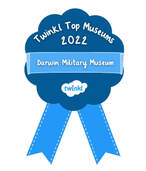AuthorWritten by Norman Cramp, Director of the Darwin Military Museum. Ernest Edward Jolly was born in Adelaide, South Australia (SA) in 1892 and was educated in that city prior to moving to Melbourne and then Darwin. His parents were Alfred and Ada. Alfred Jolly arrived in Australia in 1877 with 17 shillings in his pocket but by 1883 he was able to start the firm of Jolly and Luxton in Bennett Street, Darwin.
1 Comment
The Ross rifle. It loaded five rounds rather than ten. The bayonet fell off during firing. It was heavy, long, and prone to jamming because of dirt, of which there was plentiful supply on the trench warfare-dominated battlefields of the war. It was truly one of the worst guns to grace the battlefield.
AuthorWritten by Norman Cramp, Director of the Darwin Military Museum. James Michael McDONALD was born at Gladesville, NSW, on 7th June 1889. He was the son of James and Kate McDonald; however, he was orphaned by the age of eleven and nothing is known of his upbringing between the time he was orphaned and his arrival in the NT. It is known that he became a qualified Carpenter during that period and sought work in the Northern Territory, being employed for a time by the Public Works Department of the Commonwealth government. AuthorPaul Huard is an educator, analyst and historian, who writes about the military, foreign policy and U.S. political history. The M3 was born out of the necessity to put inexpensive sub-machine guns in the hands of American soldiers and Marines quickly and cheaply.
Dubbed the ‘Grease Gun’ by GI’s, the M-3 developed a reputation that kept it in the U.S. military inventory from World War II all the way through to Desert Storm in 1991. Authorby Jared Archibald The Age of the Machines By the end of World War I, machines had changed the face of warfare. Motor lorries replaced animals as a means to transport men and war material to and from the battlefront. Tanks traversed ‘no man’s land’, and aeroplanes brought war to the skies. Machine guns, mortars, and quick-firing artillery were now integral to arsenals, and machines were used to move them quickly and efficiently.
This mechanisation of armies continued into the 1930s. The British developed a range of small, tracked, armoured and soft skin vehicles that could be used for a range of purposes including, artillery tractors, machine gun carriers, and armoured observation posts. Australia was closely aligned with British military doctrine and developed its own mechanisation policy that mandated acquiring locally designed and built machines for defence usage. Darwin Military Museum
|
How to Contact and find the Darwin Military Museum
Click on Address: LOT 5434 Alec Fong Lim Dr, East Point NT 0820
|
|
Check out Facebook!
|
Find out more |
Darwin Military Museum
OPENING TIMES & TICKETS
Please note we are closed on the following days:
Sun 24th - Tues 26th Dec 23 (inclusive)
Sun 31st Dec - Mon 1st Jan 24 (inclusive)
Closed: Good Friday, Easter Sunday, Christmas, Boxing and New Years days.
- Please note we will be open from 10 - 3 on Easter Saturday
OPENING TIMES 7 days a Week
(refer above for exceptions)
9.30am - 4pm Monday - Saturday
10.00am - 3pm Sunday and public holidays
We recommend you allow at least 1.5hrs for your visit.
ADMISSION FEES & ONLINE TICKETS
(Proof of id/concession required for Pensioner (65+), Uni/TAFE student, Veteran, Serving Military Member and Disability/Carer)
ADULTS (16 years +): $20.00
CHILDREN (5 - 15 years): $10.00
CHILDREN (under 5 years): FREE
FAMILY PASS (2 ADULTS, 3 CHILDREN U16): $45.00
PENSIONER (65 years +): $15.00
UNIVERSITY/TAFE STUDENT: $15.00
COMPANION CARD HOLDER AND PERSON WITH A DISABILITY: $20.00
VETERANS: $15.00
SERVING MILITARY MEMBERS: $15.00
SCHOOL GROUPS: Northern Territory students on excursion Students 16 years and under during school hours: $5.00 per student. Students must be supervised at all times. 1 adult per 10 students: $20.00
SCHOOL GROUPS: Non-NT students on excursion
Students 16 years and under during school hours: $10.00 per student. Students must be supervised at all times.
1 adult per 10 students: $20.00
Please note we are closed on the following days:
Sun 24th - Tues 26th Dec (inclusive)
Sun 31st Dec - Mon 1st Jan (inclusive)
For hotels nearby, check with HotelsCombined
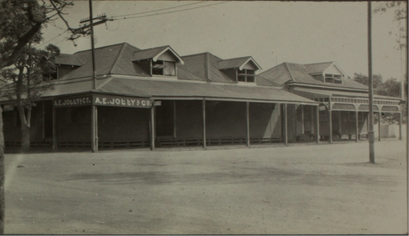
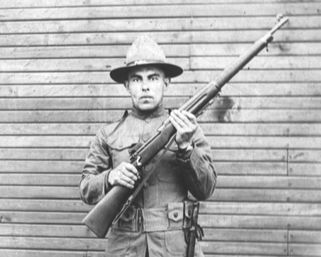
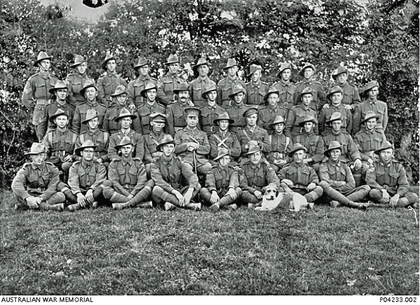
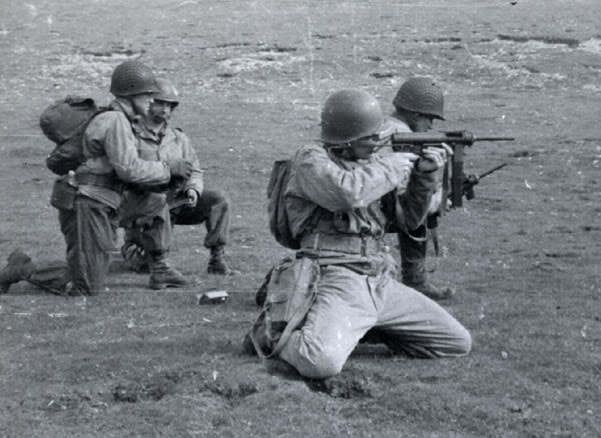
 RSS Feed
RSS Feed




